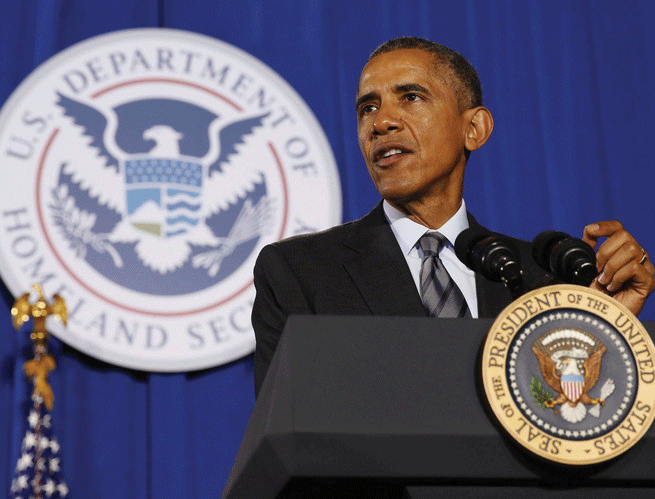
#ColgateProblems: Working Hard or Hardly Workin’?
Amy Balmuth, Commentary Editor
• February 19, 2015
What’s Left, Being Right: Repealing Obamacare
James Goldin, Class of 2018 & Olivia Detato
• February 19, 2015
The Beauty of TNT’s “Inside the NBA”
Ben Glassman, Copy Editor
• February 19, 2015

Reduce, REUSE and Recycle
Breanna Giovanniello, Class of 2016
• February 13, 2015
Queer Corner: Why is Q Blue
Kris Pfister, Maroon-News Staff
• February 13, 2015
The Budget is Responsible and Necessary
Francis Migliore, Class of 2017
• February 13, 2015

Inside and Outside Perspectives on Greece’s Elections
Jacob Wasserman, Maroon-News Staff & Nicholas Adamopoulos
• February 13, 2015
The Bravermans
Marissa Roberge, Arts & Features Editor
• February 13, 2015

Obama’s Proposal for the 2016 Budget: A Lack Of Serious Reform
Brian Challenger, Maroon-News Staff
• February 5, 2015
Queer Corner: Why Are You Into Me?
Kris Pfister, Maroon-News Staff
• February 5, 2015
Sodexo: Bad Eggs?
Emily Haines, Class of 2017
• February 5, 2015

The Hidden Environmental Impacts of the Fashion Industry
Breanna Giovanniello & Grace Dennis, Class of 2016 & 2015
• February 5, 2015
Load More Stories

